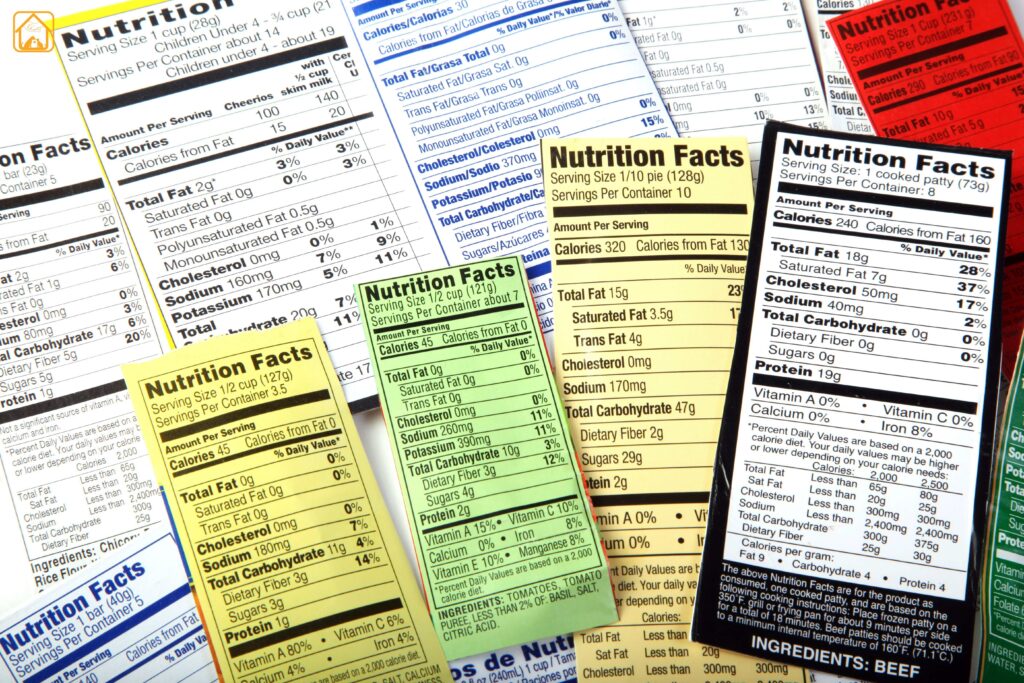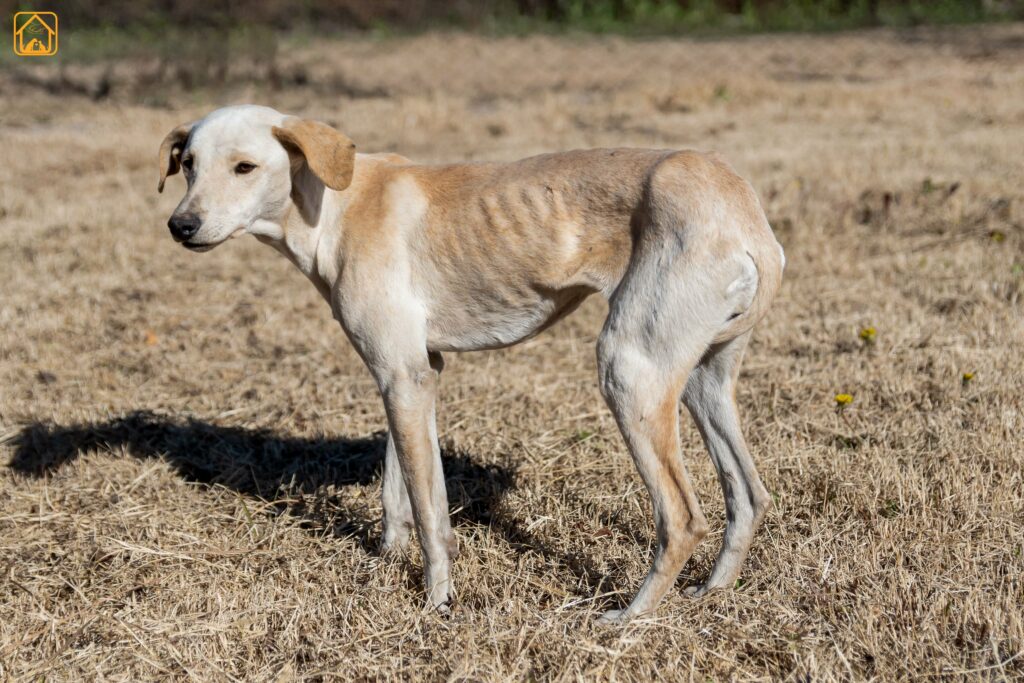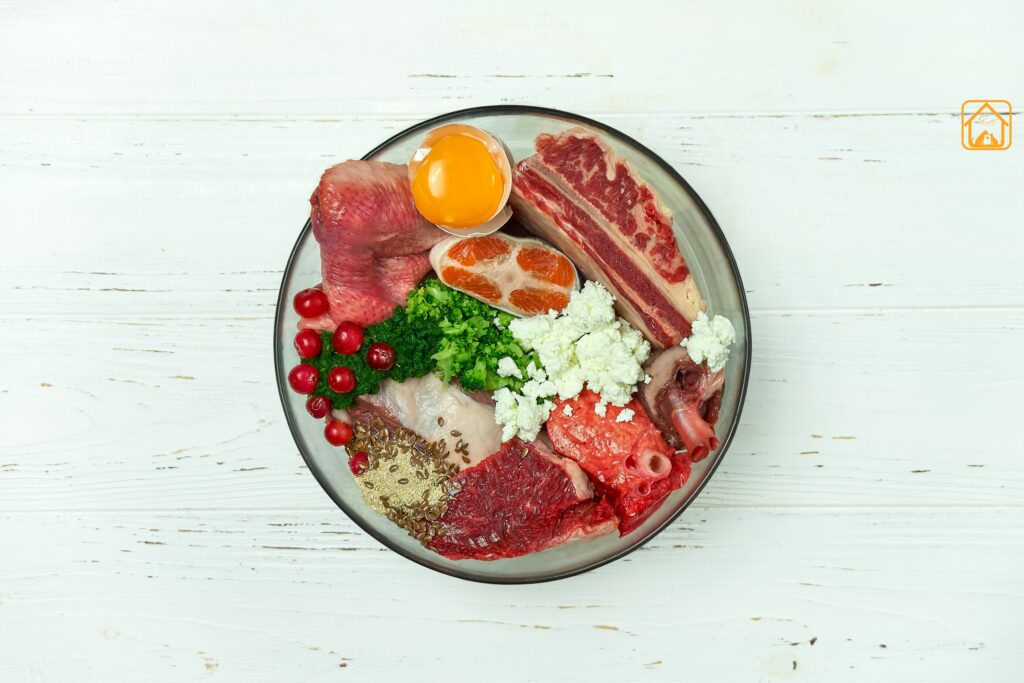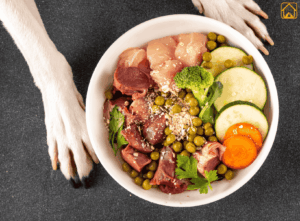Key Components of Dog Nutrition: Essential Nutrients Explained
Dog nutrition is all about balance, and there’s no shortcut here. The six essential nutrients every dog needs are:
- Protein: For muscles, skin, and overall growth.
- Fat: Supplies energy and keeps skin and coat shiny.
- Carbohydrates: Offer energy and fiber for healthy digestion.
- Vitamins: Support everything from vision to immunity.
- Minerals: For bones, teeth, and nerve function.
- Water: The most vital nutrient, never underestimate it!
Each nutrient does a unique job. For example, protein delivers essential amino acids that dogs can’t make themselves, while fats (like omega-3 and omega-6) help with inflammation and a healthy coat. Carbs aren’t just filler, they fuel active play and healthy guts, thanks to fiber.
Ever noticed how your dog’s coat looks dull if you switch foods? That might mean they’re missing key fats or vitamins. Getting the right mix is crucial for every wag and woof.
Understanding AAFCO Dog Nutrition Standards
Ever spotted the phrase “complete and balanced nutrition” on a dog food label? That’s thanks to the AAFCO (Association of American Feed Control Officials). These standards make sure commercial dog foods meet the essential nutrient requirements for dogs at different life stages.
If a food says it meets AAFCO dog nutrition standards, you can trust that it covers the basics, protein, fat, vitamins, minerals, and more. Still, every dog is unique. Breed, age, and activity level matter, so check with your vet if you’re ever unsure.
Dog Nutrition Chart & Nutritional Requirements by Life Stage
Puppy, Adult, and Senior: What’s Different?
Dog nutrition requirements change as your pup grows. Puppies need extra protein and calories for growth, while seniors benefit from fewer calories and joint-supporting nutrients.
| Life Stage | Protein (%) | Fat (%) | Calories/kg | Special Notes |
| Puppy (under 1 yr) | 22–32 | 8–20 | 1,200–2,000 | Growth, small stomach, frequent meals (3–4x/day) |
| Adult (1–7 yrs) | 18–30 | 8–15 | 900–1,700 | Twice daily feeding; adjust for activity |
| Senior (7+ yrs) | 18–25 | 6–12 | 800–1,300 | Lower calories, joint support, easier-to-digest |
Check out a dog nutrition chart or use a dog nutrition calculator to fine-tune meals for your pup’s age and lifestyle. I once switched my senior dog, Bunny to a joint-support formula, and her energy bounced right back!
Dog Food Labels: What to Look For?

Dog food labels can be confusing, but they hold the keys to your dog’s nutrition. Here’s what to check:
- AAFCO Statement: Confirms complete and balanced nutrition.
- Guaranteed Analysis: Lists protein, fat, fiber, and moisture percentages.
- Ingredients List: Look for real meat, whole grains, and named fats.
- Feeding Directions: Adjust for your dog’s weight and activity.
Don’t get tripped up by marketing buzzwords. Instead, focus on the facts, high-quality protein, digestible carbs, and healthy fats should be at the top. Ever picked up a bag where the first ingredient was “corn meal”? That’s a red flag for me. Go for real, whole ingredients whenever possible.
Homemade, Raw, and Commercial Diets: Pros, Cons, and Best Practices
Which Diet is Right for Your Dog?
- Commercial Diets: Convenient, usually balanced, and meet AAFCO dog nutrition standards. Great for busy families.
- Homemade Diets: Allows control over ingredients. But, unless a vet or pet nutritionist helps, it’s easy to miss essential nutrients. Healthy dog diet homemade recipes online can be risky if not verified by a nutritionist. To do it right, check out our Homemade Dog Food Guide for vet-informed tips and safe recipe ideas.
- Raw Diets: Some pet parents love them, but raw food dog nutrition can carry risks like bacteria and unbalanced meals. Discuss with your vet before switching.
Safety Tips for Homemade Dog Nutrition
- Never use onions, garlic, grapes, raisins, or chocolate. These are toxic for dogs.
- Cook all meats thoroughly to kill bacteria and parasites.
- Don’t add salt, spices, or sauces, keep it simple and plain.
- Always measure portions; too much of a good thing can cause weight gain.
- Keep an eye on stool quality, coat, energy, and weight. If something seems off, consult your vet.
Honestly, I tried homemade food for my dog once, she loved it, but I soon realized I needed a dog nutrition guide from my vet to get the balance right. Mixing kibble with safe cooked veggies or lean meat can be a happy middle ground!
Dog Nutrition Supplements: When and Why They’re Needed
When you walk into a pet shop, it’s easy to get confused. There are so many bottles and powders claiming to help your dog for joints, shiny fur, or a healthy stomach. But here’s the truth, if your dog eats a good, balanced food, they usually don’t need extra vitamins or supplements. Still, in some cases, they might help:
- Special medical needs: Dogs with specific health issues like allergies, arthritis, digestive problems may benefit from targeted supplements.
- Homemade diets: Making your own healthy dog diet at home? Without careful planning, key vitamins and minerals can be missed. A nutrition supplement, or a recipe from a board-certified dog nutritionist, can fill those gaps.
- Life stage transitions: Puppies, pregnant or nursing moms, and seniors sometimes need more of certain nutrients. Glucosamine, chondroitin for senior dogs joint care.
- Breed-specific needs: Some breeds are prone to conditions like hip dysplasia or skin issues and may benefit from extra joint or skin support. Like omega-3 fatty acids for skin and coat health.
Be careful, over-supplementing can harm your dog. Before adding anything new to their diet look for products with the NASC quality seal for safety.
Feeding Schedules & Calorie Calculators: How Much Should Your Dog Eat?
A regular feeding schedule is key for healthy digestion and weight. Most adult dogs do well on two meals a day, while puppies may need more frequent, smaller portions.
How Often Should You Feed?
- Puppies: 3–4 small meals a day (tiny tummies, big energy needs)
- Adults (1–7 years): 2 meals a day is the sweet spot for most
- Seniors: 2–3 smaller, easily digestible meals daily
For super active breeds or dogs with medical issues, your vet might tweak this. But for most pups, a steady routine keeps their metabolism and bathroom schedule on track.
How Much Should Your Dog Eat?
Let’s talk numbers, but not math class numbers. You can use a dog nutrition calculator to estimate your dog’s daily calorie needs, but here’s a quick guide:
- Small breeds: ~40 calories per pound per day
- Medium breeds: ~30 calories per pound per day
- Large/giant breeds: ~20–25 calories per pound per day
So a 50-pound Lab might need around 1,200–1,500 calories a day, depending on activity. But don’t forget to count treats ideally no more than 10% of daily calories and table scraps, it’s best to skip them.
Signs of Poor Nutrition & How to Balance a Healthy Dog Diet

Sometimes, problems with dog nutrition aren’t easy to spot at first. Your dog might seem okay, but slowly, signs like low energy, dry skin, or a dull coat can appear. It’s important to catch these early. Here’s what to watch for, and how to get things back on track.
Red Flags of Poor Nutrition
- Dull, flaky coat or excessive shedding
- Itchy skin, hot spots, or recurring ear infections
- Low energy, weakness, or muscle loss
- Overweight or underweight body condition
- Chronic digestive issues: Diarrhea, constipation, vomiting, or gas
- Frequent illnesses or slow wound healing
- Dental issues: Bad breath, tartar, tooth loss
Common Dog Nutrition Myths & Mistakes to Avoid
There’s a lot of dog nutrition advice out there, but not everything you hear is true. Some myths stick around because they seem to make sense, or because someone says, “It worked for my friend’s dog.” Let’s clear things up and break down the biggest dog nutrition myths you should stop believing.
Dogs are strict carnivores and don’t need carbs.
Fact: Dogs thrive on a mix of animal protein and plant foods. Carbs provide energy and fiber (and most commercial diets use them).
Homemade is always healthier than commercial food.
Fact: Homemade diets done wrong can cause nutrient deficiencies. Commercial diets labeled “complete and balanced” meet strict standards.
Grain-free is best for all dogs.
Fact: Most dogs digest grains just fine, and some grain-free diets have been linked to heart issues (dilated cardiomyopathy). Ask your vet before switching.
Raw diets are more ‘natural’ and healthier.
Fact: Raw foods carry risks of bacteria and parasites. Cooking makes food safer and more digestible for most dogs.
More protein means more muscle.
Fact: Extra protein doesn’t build more muscle, exercise does! Too much can strain kidneys in some dogs.
FAQs: Your Top Dog Nutrition Questions Answered
1. How can I tell if my dog’s food meets their nutritional needs?
Look for an AAFCO statement on the label. If you’re feeding homemade or raw, ask your vet for a dog nutritional requirements chart or use a dog nutrition calculator to double-check balance.
2. Can I feed my dog a grain-free diet?
Grain-free dog diet options are popular, but not necessary for most dogs. Some dogs have sensitivities, but grains can be a healthy carb source. Always check with your vet before making the switch.
3. What are the best dog nutrition supplements?
Only supplement if your dog has a diagnosed need, like joint issues or a dull coat. Omega-3, glucosamine, and probiotics are common, but don’t add anything without professional advice.
4. How do I transition my dog to a new diet?
Mix the new food with the old gradually over 7-10 days, increasing the new and decreasing the old to avoid digestive upset. Keep an eye on stool and appetite during the switch.
5. Are table scraps and human food okay?
Small amounts of lean, plain meat or certain veggies may be safe, but avoid fatty foods, spices, and anything toxic (like onions or chocolate). Too many table scraps can unbalance your dog’s nutrition and add unhealthy calories.
6. What are signs of a dog nutrition deficiency?
Watch for dull coat, flaky skin, low energy, poor growth, or digestive issues. If you spot these, consult your vet and review your dog’s diet.
7. How much should I feed my dog each day?
It depends on age, size, activity, and health. Use your food’s feeding guide or a dog food nutrition calculator as a starting point. Adjust if your dog gains or loses weight unexpectedly.
Conclusion
Dog nutrition doesn’t have to be a puzzle. When you focus on balanced meals, learn to read labels, and ask your vet for help when needed, your dog gets what they need to stay healthy. Good dog nutrition is the key to every happy tail wag and playful run!



